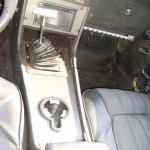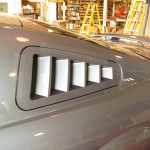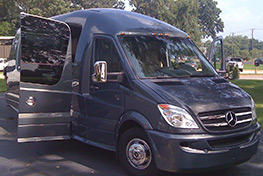Technology has already redefined the way cars use fuel, with electric, hybrid and solar energy systems in cars beginning to displace the internal combustion engine and fuel-fed engines as the driving force of the future.
The biggest change that has already occurred in the automotive industry as a result of technology is that of autonomy. Manufacturers are in the process of developing self-driving cars on a larger scale for the drivers safety and comfortability, check my site to learn more about how to improve your driving skills, if you are looking for a new car then read over here information about the perfect car for you.
Most modern cars feature autonomous systems like Autonomous Emergency Braking (AEB). AEB systems use radar, cameras and lidar technology to assess the road ahead and work out potential collisions. These systems generally inform the driver that action is needed to avoid a future collision, and then if no action is taken, AEB will brake on behalf of the driver.
Audi’s adaptive cruise control is an example of a system with a built in stop and go function. It takes the collaboration of 30 control units to analyze the surrounding environment of the vehicle. The Audi’s cruise control regulates the speed according to the distance between the driver’s car and the vehicle ahead all the way from 0 to 155 mph.
Two radar sensors at the front of the vehicle enable the system to judge the distance and users can customize the rate at which the system accelerates. The system is quite limited with regards to deceleration. Such cruise control systems are capable of proactive supporting drivers but they aren’t completely autonomous.
Technologies like Apple CarPlay and Google Android Auto enable users to enjoy the functionality of a phone without having to pick one up. In practice, this means that people will spend much less time looking at their phones as they’ll be able to interact with a larger user interface instead.
If the increase in user interactivity and autonomous features has revealed anything, it’s that the automobile industry remains committed to the vision of the self-driving car. As autonomous systems take over, consumers will expect more user interactivity as they travel.
It stands to reason that the less time drivers spend ‘driving,’ the more time users will want to interact with onboard technology. That’s why developing and improving autonomous technologies in cars is the future. Whether it’s rosy or not, it’s a different story.










